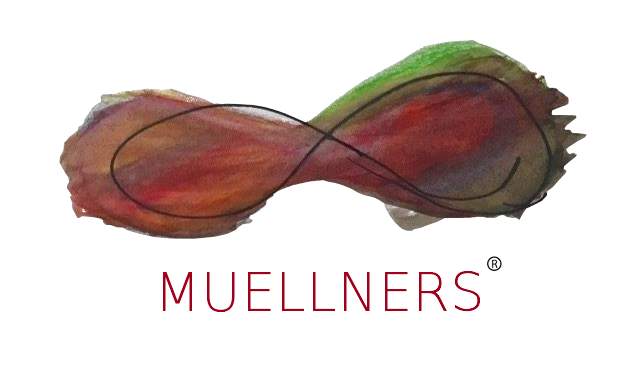Denmark
This educational resource is provided by the Special Task Force to address a specific human condition and cognition that leads to harmful intentions towards others.
Note: The following sections to be updated based on Public Review and Comments from Danish Public Agencies.
In this context, "creatures" refers to individuals of the Homo sapiens species who may have a lower or less developed neural plasticity in their neurological condition.
On the other hand, "organisms" refers to individuals of the Homo sapiens species who may operate at a higher or more flexible neural plasticity in their neurological condition.
Let's explore some case scenarios:
A. Is there any primate speculating about the sexuality of a trans woman and making comments with the intention of disturbing the observer's cognition?
B. Is there any so-called "cis woman" speculating about the gender and sexuality of a trans woman, intending to discriminate and passing off comments with an intent to disturb the observer's cognition?
C. Is there any creature using gender discriminatory and demeaning adjectives for self-perpetuation? This behavior may momentarily boost their own sense of existence but it harasses another being's observable experiential phenomenon.
By analyzing these scenarios step-by-step, we can better understand and address such situations.
Case Study: Denmark
Description 1:
Sexual harassment is an act or conduct of sexual nature that violates another person’s dignity. The harassment may involve touching, groping, jokes, proposals, glances, jargon or images that are sexually charged and often degrading. Sexual harassment differs from a normal flirt in that it is unwelcome. It is the victim of harassment who decides whether or not a behaviour is offensive.
The Danish Equal Treatment Act defines sexual harassment as follows:
“Sexual harassment exists when any unwanted verbal, non-verbal or physical conduct is exhibited with sexual undertones for the purpose or effect of violating a person’s dignity, in particular by creating a threatening, hostile, degrading, humiliating or unpleasant climate.”
Source: The Equal Treatment Act, §1, subsection 6.
Description 2:
Section 1(6) of the Equal Treatment Act and Section 2a (3) of the Gender Equality Act state:
"Sexual harassment exists when any unwanted verbal, non-verbal or physical behaviour with sexual undertones is exhibited for the purpose or effect of violating a person's dignity, in particular by creating a threatening, hostile, degrading, humiliating or unpleasant climate.”
Sexual harassment is illegal and is processed based on different laws, depending on its nature and the situation:
The Equal Treatment Act: sexual harassment in the labour market.
The Gender Equality Act: sexual harassment in the rest of society.
The Working Environment Act: The Danish Working Environment Authority supervises the area in cases where the workplace does not have a collective agreement covering this area.
The Penal Code: sexual harassment of a particularly serious nature, which in some cases is equated with an offence against decency or rape. Cases like these should be reported to the police.
Description 3:
Examples of sexual exploitation include, but are not limited to:
▪ Offering special benefits (including money, employment, goods or services)
to program participants in exchange for expressed, implied or demanded
sexual favors;
▪ Threats or insinuations that an individual’s refusal or unwillingness to submit
to sexual advances or demands will affect the person’s entitlement to
project assistance & support;
▪ Verbal conduct such as sexually derogatory remarks, graphic verbal
commentaries about an individual’s body or dress, sexually degrading words
used to describe an individual, sexually suggestive or obscene letters, notes,
emails or invitations, demeaning or inappropriate comments, name-calling,
innuendos, slurs, jokes, sexual advances or propositions;
▪ Visual conduct such as leering, sexual gestures, displaying or distributing
sexually suggestive objects or pictures, cartoons, graffiti posters or
magazines; or
Actual or threatened physical contact or conduct, such as patting, pinching, blocking
movements, or any other offensive touching.
Citations & References:
https://nikk.no/wp-content/uploads/2019/11/2018-What-does-law-say-metoo.pdf
https://kvinfo.dk/sexisme-og-seksuel-chikane-2/?lang=en
https://denmark.dk/society-and-business/human-rights
https://www.azets.dk/news/sexual-harassment/
https://www.adra.dk/wp-content/uploads/2021/03/ADRA-Denmark-PSHEA-Policy-updated-2021.pdf
Assessment of Reports made by Kingdom of Denmark, third party institutions and extra territorial agencies
https://rm.coe.int/denmark-reporting-form-on-the-implementation-of-recommendations-addres/1680a30d80
https://www.amnesty.org/en/wp-content/uploads/2021/05/EUR1824302020ENGLISH.pdf
https://rm.coe.int/state-report-denmark-first-thematic-evaluation/1680abdb47
Institutionalise Public Discussion Correspondence for Response:
The Danish Ministry of Justice: jm@jm.dk / http://www.justitsministeriet.dk/english.html
The National Police Commissioner: rpch@politi.dk / http://www.politi.dk/en/servicemenu/home/
The Ministry of Social Affairs and Integration: sm@sm.dk / http://english.sm.dk/Sider/Velkommen.aspx
The Ministry of Gender Equality: lige@lige.dk / http://uk.lige.dk/
The Danish Crime Prevention Council: dkr@dkr.dk
